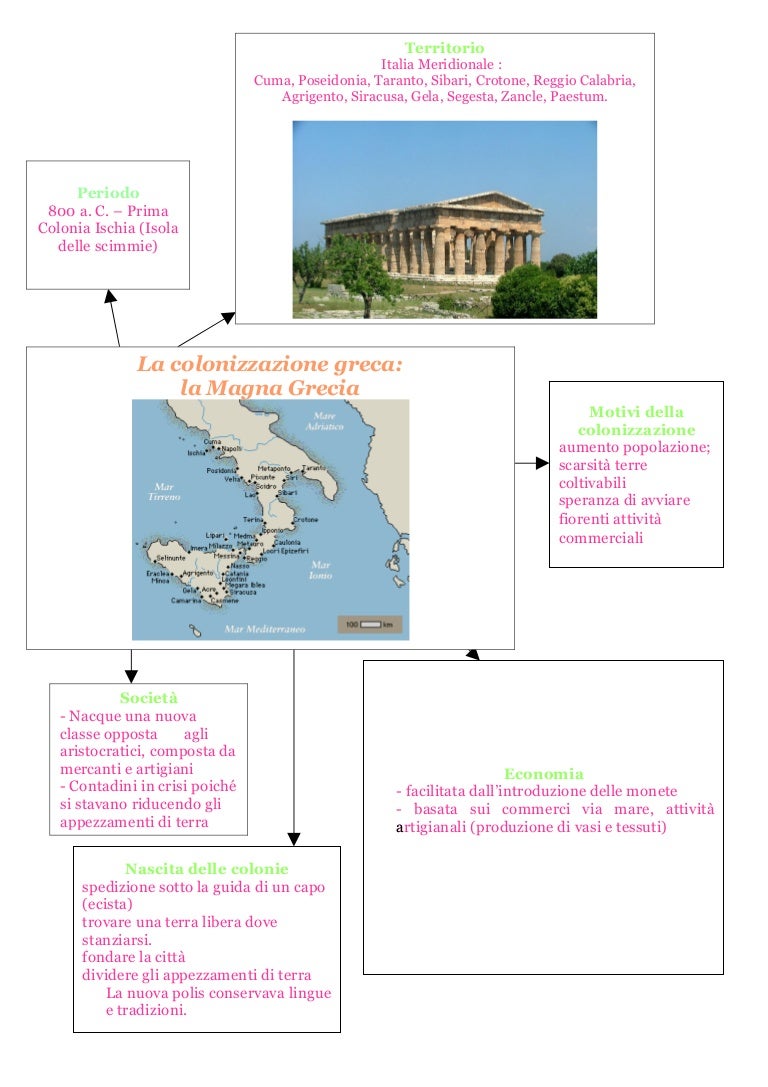

The introduction contains a comprehensive survey of previous and recent scholarship on ancient mystery cults, discussing historical and critical perspectives, including research undertaken by classicists, historians of religion and ethnologists. More could have been said about these intriguing issues and a conclusion drawing together such threads and suggesting areas for future research would have been a very helpful addition to the volume.

Several themes and topoi recur in various papers, such as the importance of divinization and the aim of immortality in forms of Orphism and Dionysiac cults, as well as the significant roles of both men and women in Demeter cults in Magna Graecia. In a broader sense, more cohesiveness and interplay between the various contributions would have improved the quality of the volume. Drew Griffiths, do actively engage with philosophical evidence and themes). However, given this impressive showcase of methodologies, the historian of philosophy might hope for more discussion of philosophical parallels and connections (although certain contributions, such as those of Alberto Bernabé and R. Moreover, the papers examine textual, archaeological, epigraphic and iconographic forms of evidence, with one drawing on cognitive theory and several combining detailed analyses of multiple forms of evidence in order to give a balanced and rounded picture of the cults under consideration. A major strength of the collection is its interdisciplinary nature, with contributions from classicists, historians of religion and even a geographer. This thematic structure is excellent, allowing the reader to locate relevant contributions on specific cults easily and quickly furthermore, the decision to group papers on Dionysiac and Orphic cults together makes sense, given the extreme difficulties in drawing any firm demarcation between these respective forms of religiosity.Īs is often the case with such an edited collection, the papers are of varying quality and scope. The papers are divided thematically in accordance with the chief deity of and type of cult: the first section examines cults dedicated to Dionysus and Orpheus the second focuses on cults of Demeter and Isis and the third on the cult of Mithras. This alone makes it a useful reference work and ‘must-read’ for those interested in ancient Mediterranean religious traditions and practices. This edited collection of papers arises from two symposia held in 20 and hosted by the Vergilian Society and Brandeis University at the Villa Vergiliana in Cuma, Italy, on the topic of “The Cults of Magna Graecia.” To the best of my knowledge, this is the first volume focusing exclusively on a wide range of ancient religious cults in the geographic region of Magna Graecia. Austin, Texas: University of Texas Press, 2009. Tutti i diritti riservati.Mystic Cults in Magna Graecia. © 2022 Festival della Filosofia in Magna Grecia ®. And the sea: wealth and fortune of this region, privileged communication route that links the different civilizations that have given life to a meridian thought, stretched between the centre and the periphery along a border line that always opens up new horizons of research. At the Philosophy Festival in Magna Graecia we will discover the cultural and landscape attractions of the area in Copertino, Gallipoli, Lecce. With its cities founded by the Peloponnesians, its land made of white stone – a web of rare beauty and lightness embroidered like the sea surf that erodes its coast – Puglia is the ideal place to merge philosophical thought with contemplation of nature.
MAGNA GRAECIA LANDSCAPE FREE
Puglia, the extreme offshoot of the Italian peninsula stretching between East and West towards the Levant, breathes winds and salt, atavic beliefs, syncretic religiosity on the border of orthodoxy, atmospheres where dance and music free from the curses and poison of the taranta.


 0 kommentar(er)
0 kommentar(er)
